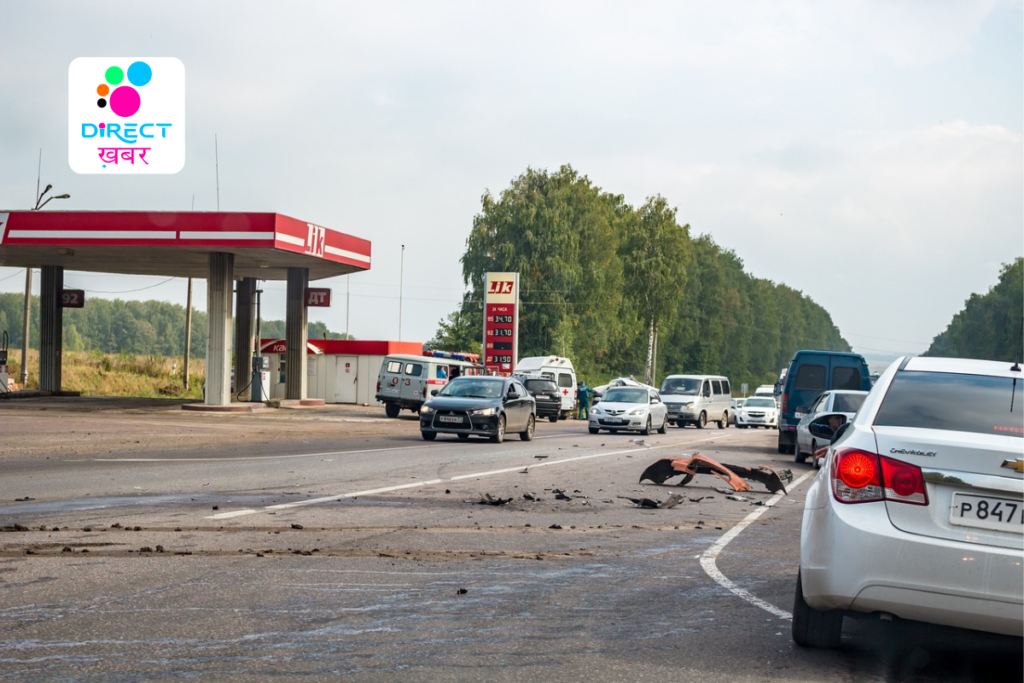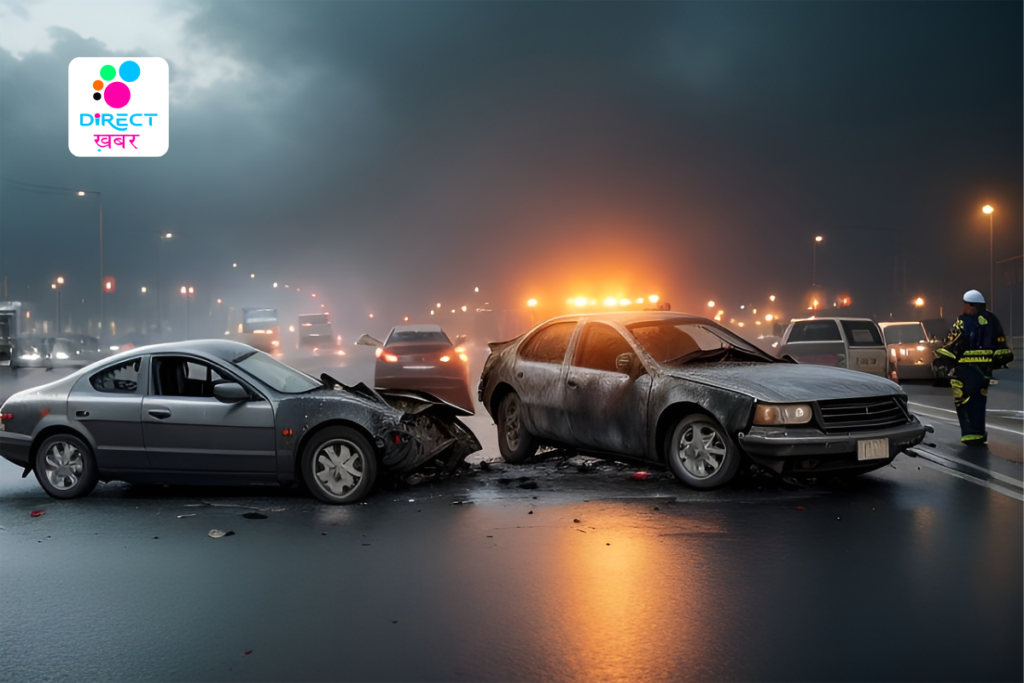Understanding Road Accidents: The Need for Speed
Road accidents continue to be a significant concern worldwide, inflicting loss of life, disability, and economic damage. Among the several elements contributing to accidents, speed plays a vital role. Understanding the relationship between speed and road accidents is critical for developing effective ways to minimise their frequency. This article discusses the numerous facets of speed-related accidents, including its impact, causes, and prevention methods.

The Impact of Speed on Road Accidents:
Speed has a considerable impact on the severity and outcome of road accidents. High speeds increase the chance of collisions and diminish drivers’ reaction time, making it difficult to avoid or lessen their consequences. Studies have consistently found a link between speed and crash severity, with greater speeds leading in more serious injuries and fatalities. Furthermore, driving at high speeds endangers not just the driver, but also passengers, pedestrians, and other road users.
Causes of Speed-related Accidents:
Several factors influence speed-related accidents, including driver behaviour, road design, vehicle attributes, and environmental circumstances. In many cases, drivers exceed speed restrictions for a variety of reasons, including aggressive driving, poor judgement, or disdain for traffic rules. Furthermore, inadequate road signs, low visibility, and insufficient enforcement of speed restrictions can all contribute to speeding-related incidents. Furthermore, road conditions, weather, and distractions can all increase the likelihood of accidents at high speeds.
Intoxication from alcohol or drugs decreases judgement and reaction time, increasing the chance of speeding and the risk of an accident. Drivers under the influence frequently overestimate their talents while underestimating the risks of excessive speed, endangering themselves and others.
Preventive Measures:
Addressing speed-related accidents involves a diverse approach that includes education, enforcement, engineering, and technological interventions. Public awareness initiatives advocating proper driving behaviour and emphasising the hazards of speeding can help change attitudes and reduce risky driving habits. Effective speed limit enforcement, including speed cameras, police patrols, and penalties for offenders, is critical for discouraging speeding and guaranteeing traffic regulation compliance. Furthermore, infrastructure improvements such as traffic calming measures, improved road signs, and better road design can all contribute to safer driving conditions and lower accident rates. Vehicle technology advancements such as electronic stability control, adaptive cruise control, and automatic emergency braking can also help reduce accidents by reducing the impacts of speeding and boosting vehicle safety.

Tackling the epidemic of speed-related accidents requires a broad approach that includes educational campaigns, strict enforcement, infrastructure improvements, and technology breakthroughs. Public awareness campaigns are effective instruments for cultivating a culture of responsible driving, imparting an appreciation for the dangers of speeding, and encouraging adherence to speed limits.
Simultaneously, strong enforcement mechanisms like as speed cameras, police patrols, and punitive measures for offenders play an important role in discouraging speeding and enforcing traffic laws. Furthermore, expenditures in infrastructure improvements, such as traffic calming measures, improved signage, and attentive road design, create an atmosphere conducive to safer driving.
Leveraging technology developments in car safety features, such as electronic stability control and automatic emergency braking, augments the efficacy of preventative measures, bolstering vehicular resilience against the detrimental consequences.
Speed-related accidents have thrown a long shadow over road safety, claiming a staggering number of human lives and reducing economic development. Combating this threat requires a collaborative effort involving governments, law enforcement agencies, civil society organizations, and the broader community.
We can design a course to safer roads and brighter futures for all road users by delving into the dynamics of speed-related incidents, implementing comprehensive preventative measures, and cultivating a culture of responsible driving. Let us stand together in our determination to overcome this problem, save lives, and create a more secure transportation landscape for future generations.






